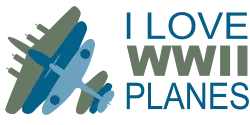Images of the Unusual Fw-189 Uhu – The Flying Eye of the Luftwaffe
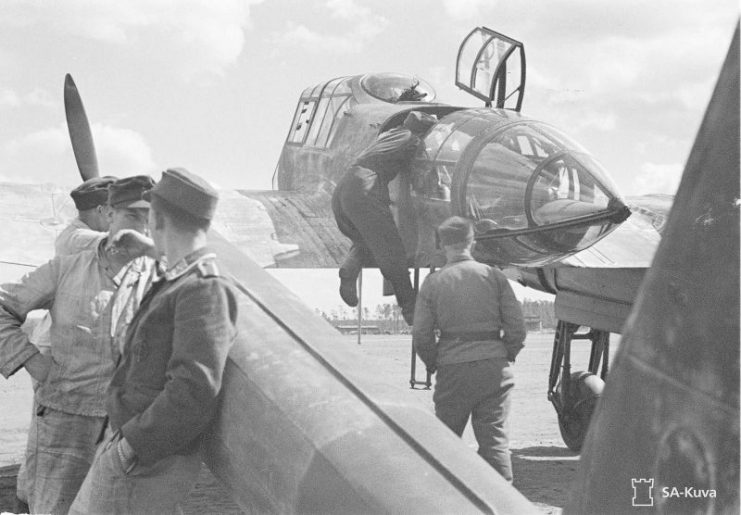
In the years preceding the Second World War, Focke-Wulf, a civil and military aircraft manufacturer, had established themselves as one of the leading companies in the industry. They designed and built some cutting edge designs that would contribute to the German success in the early years of the war.
The company is most well known for the Focke-Wulf Fw 190, a legendary single seat fighter that took the Allies by surprise, but they made other useful designs that assisted Germany during the war.
One of these is the Fw 189 Uhu (Eagle Owl), a twin engine tactical reconnaissance aircraft nicknamed the ‘Flying Eye’.
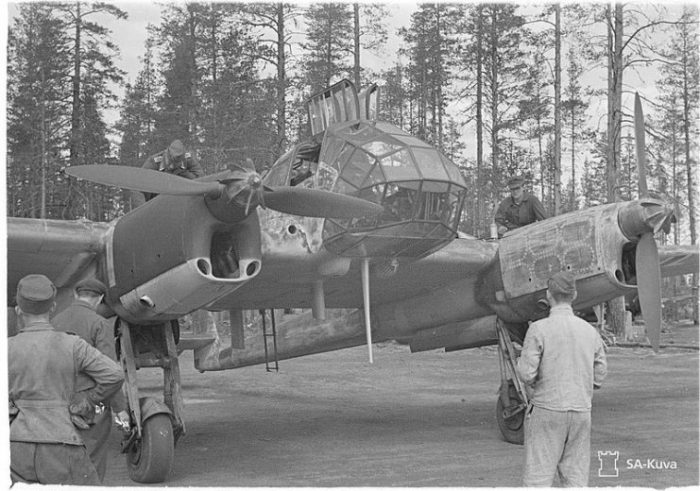
The Fw 189 first flew in 1938, and entered service in 1940, ready for the invasion of the Soviet Union.
This odd looking aircraft patrolled the vast lands plains of Ukraine and Belarus precisely guiding artillery. It was ideal for this role, as the crew compartment was surrounded by windows, offering great all round views to those on board.
Along with this, the aircraft was highly manoeuvrable. Nicknamed ‘The Frame’ by Soviet troops due to its unusual silhouette, it could escape enemy fighters of the time by turning in a tight circle, tighter than the perusing fighter, who wouldn’t be able to bring their guns to bear. This was a good thing too, as the Fw 189’s light airframe didn’t last very long when it was hit by enemy fire.
To defend itself, the aircraft was armed with two twin 7.92 mm MG 15 machine gun positions; one dorsally and one at the rear. There were a further 7.92 MG 17 in each wing root.
Although it was mainly a reconnaissance aircraft, the Fw 189 also performed in the ground attack role, where it could carry 50 kgs of bombs. Focke-Wulf tested this idea further when they designed an armoured ground attack version. This variant never saw production however.
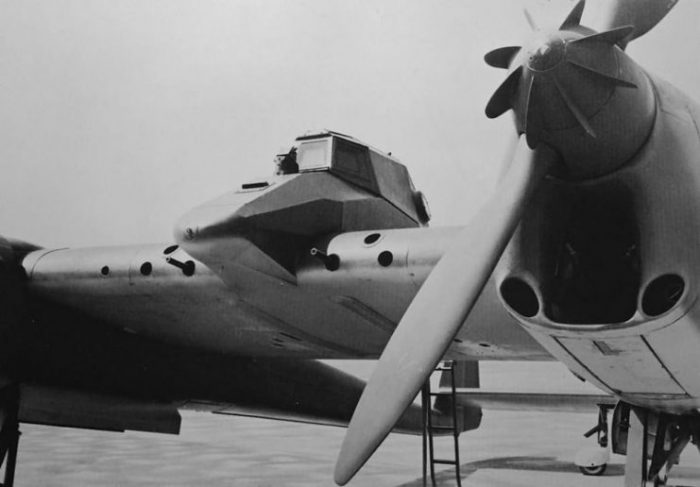
For most missions however, the most important piece of equipment was the Riehenbildner camera. This aerial camera came in two models, the RB 20/30 and the RB 50/30. This served as the eyes for German intelligence gathering; photographing battlefields and enemy positions.
Production was stopped in mid 1944 after around 860 had been built. The Fw 189 was used mostly by the Luftwaffe, but it was also exported to Germany’s allies including Hungary, Slovakia, Bulgaria and Romania.
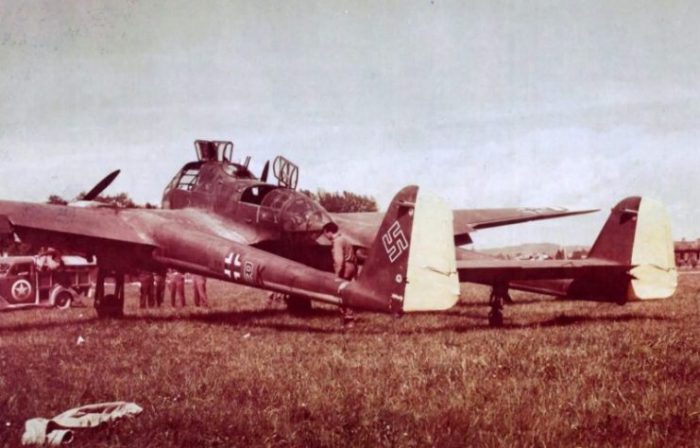
After WWII ended, a number of left-over Fw 189s from the German occupation were left in Norway, who integrated them into their air forces.
Only one Fw 189 survives today, and is undergoing restoration at Duxford in the United Kingdom. This aircraft was shot down during a reconnaissance flight in 1943 where it then crashed into a Russian forest. 1 of the crew died in the crash, another died shortly after from injuries while the other, the pilot, survived. He spent two weeks in the freezing forest eating what he could find until returning to his own lines. The wreckage was discovered 48 years later in 1991, before being transported to the UK.
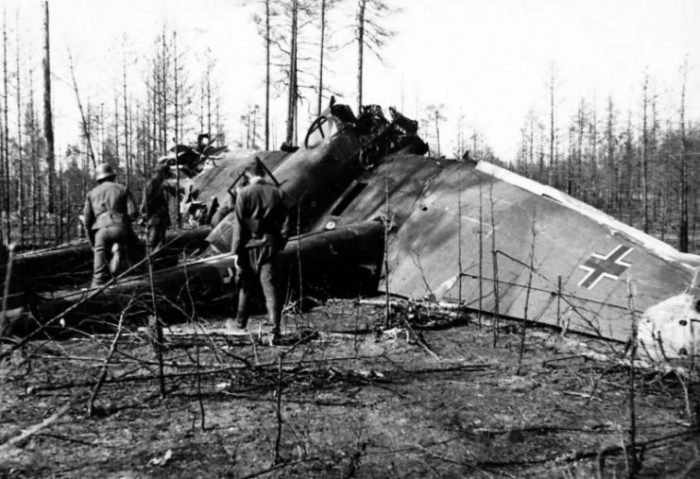
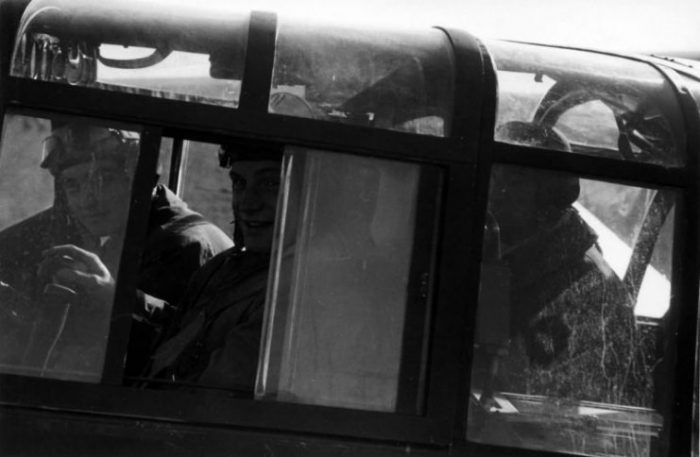
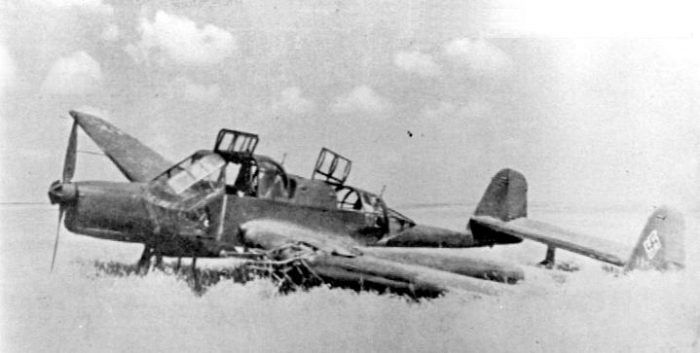
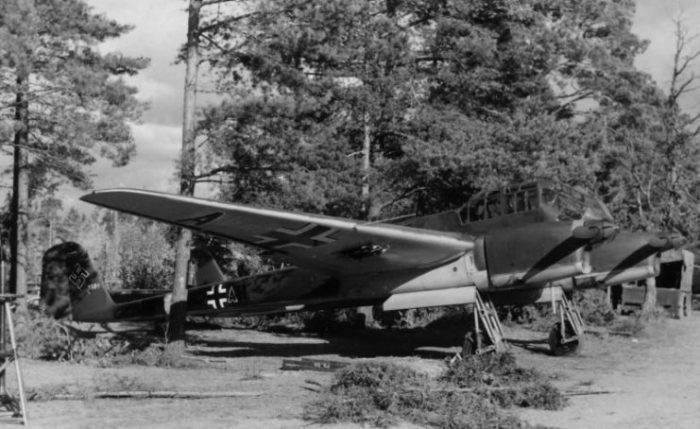
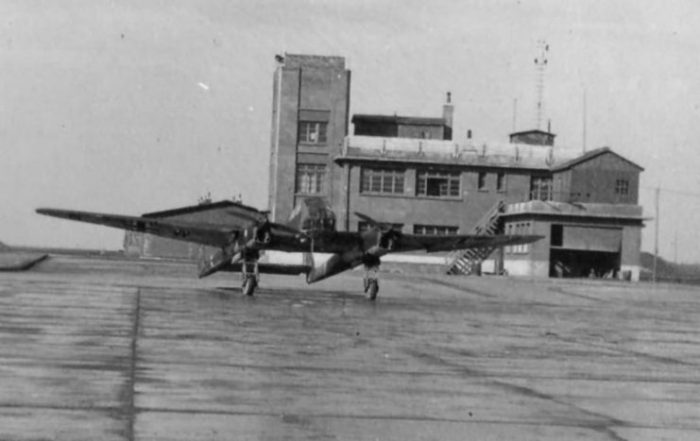
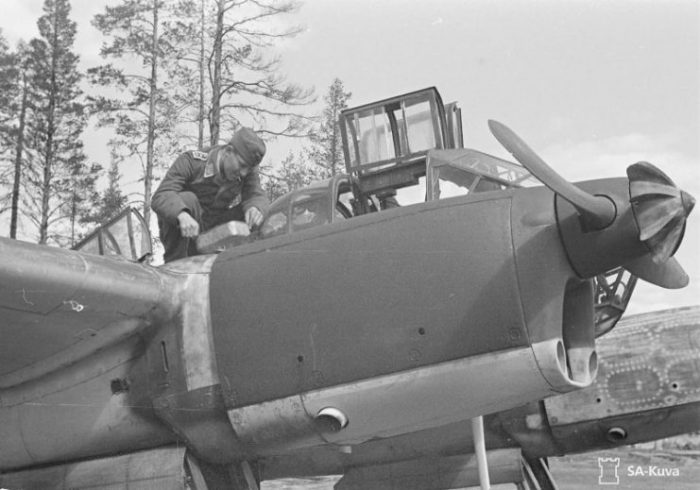
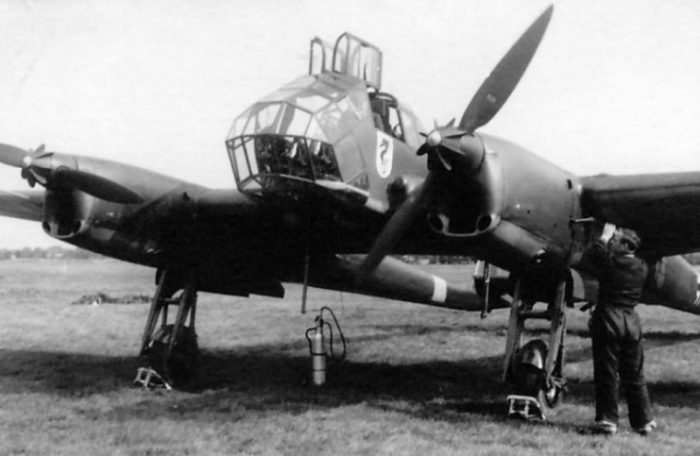
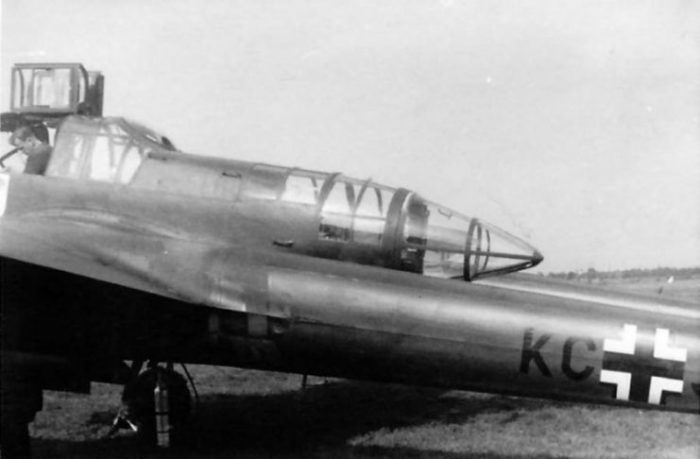
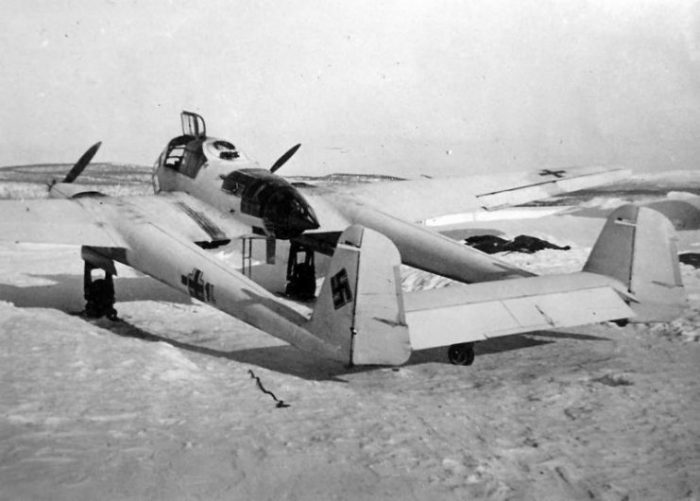

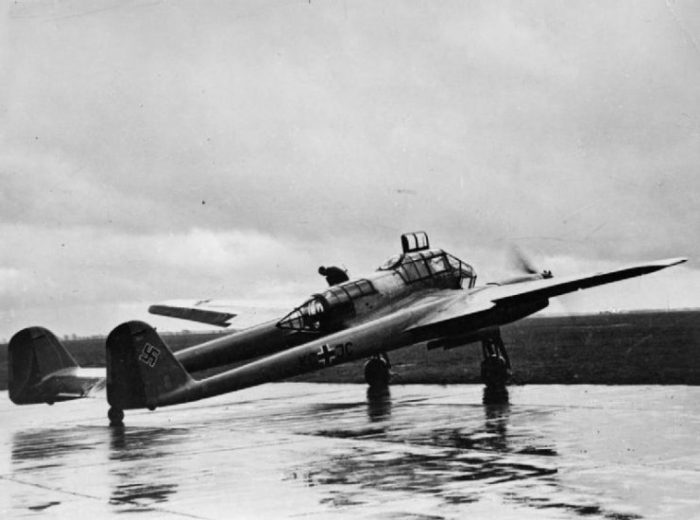
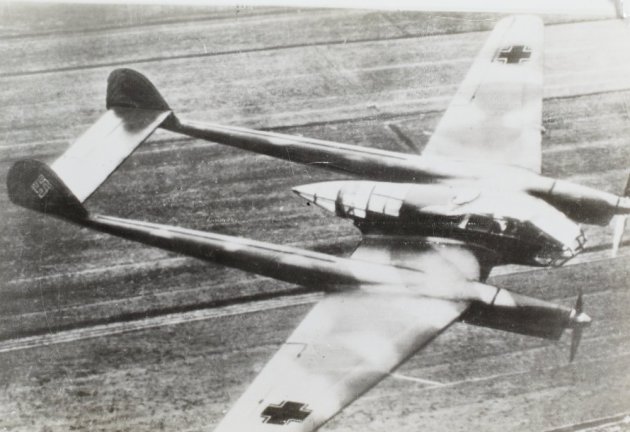
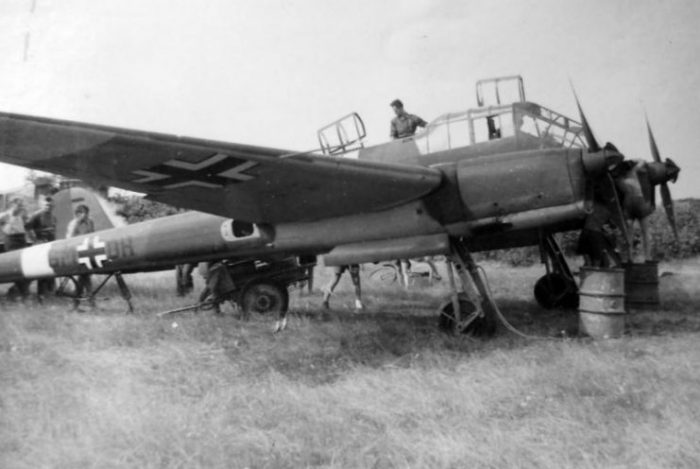
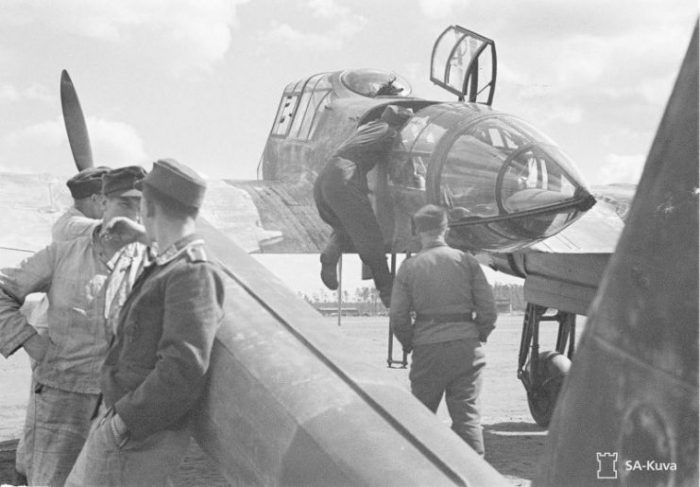

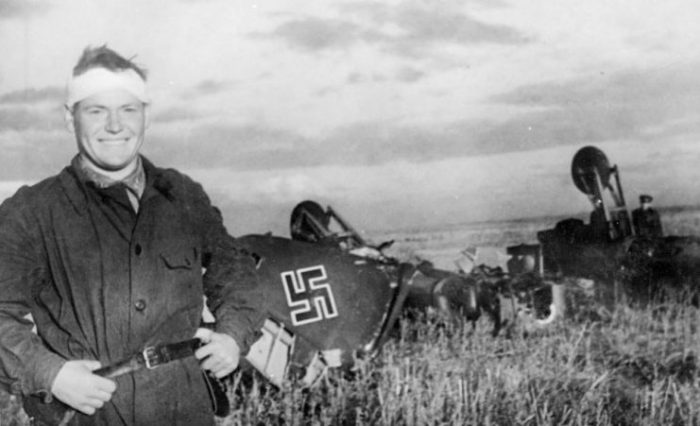

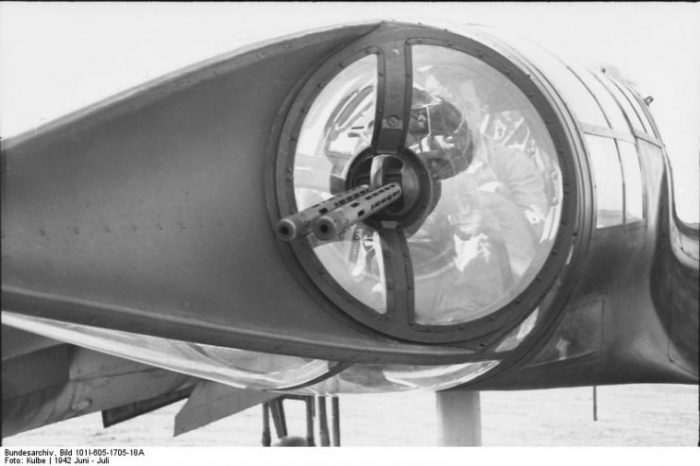
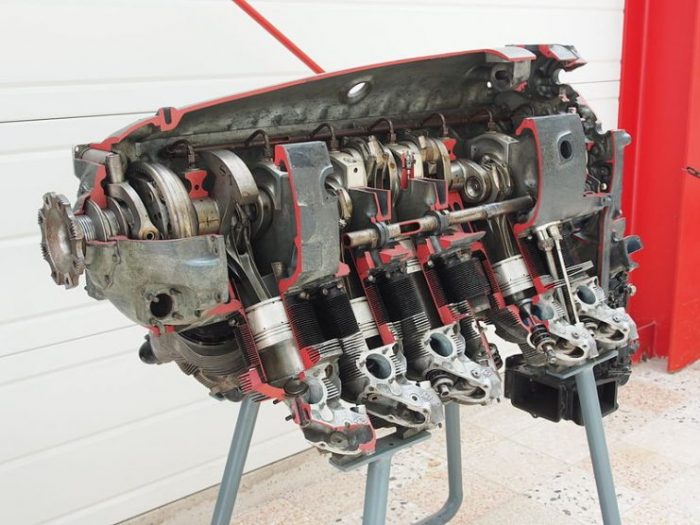
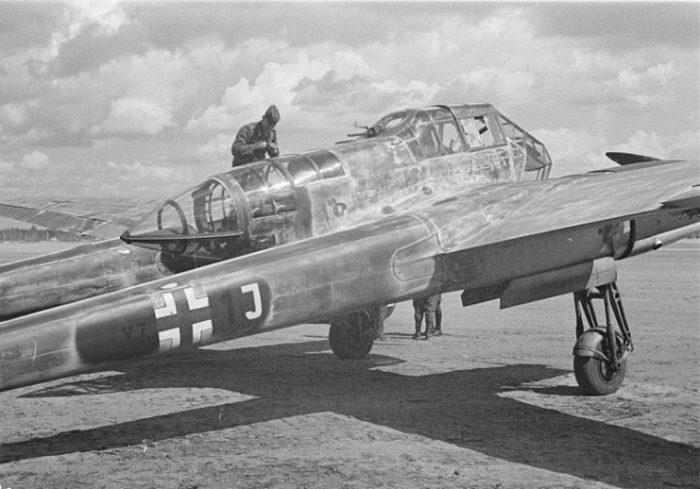
Another Article From Us: The He 162 Salamander – A Cutting Edge Aircraft That was Too Late

